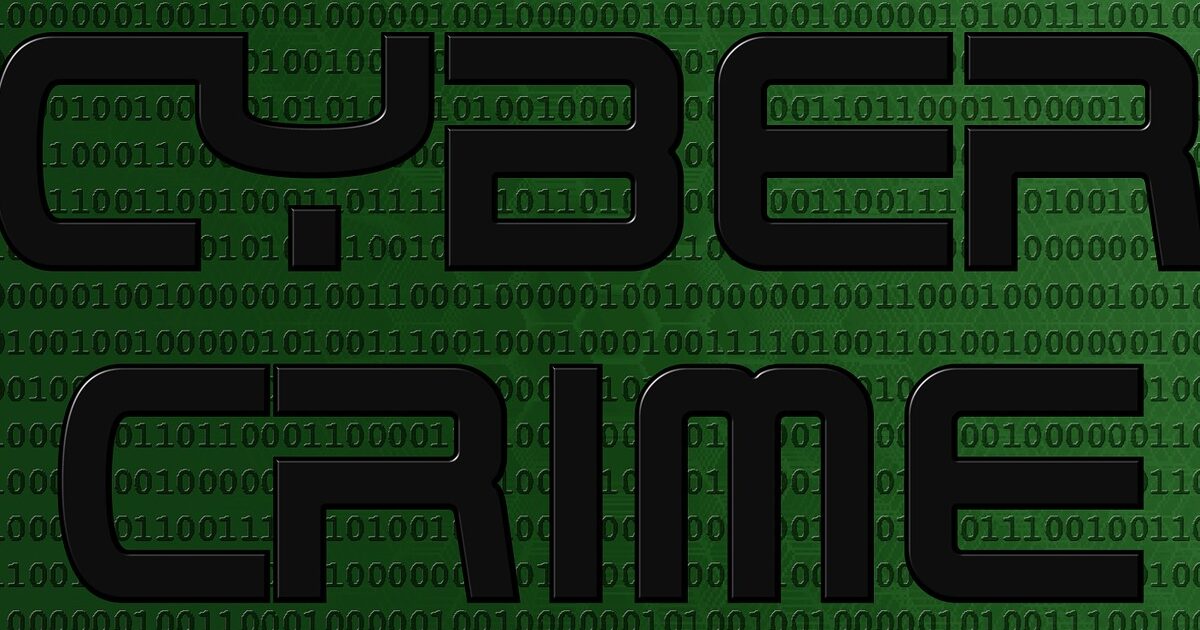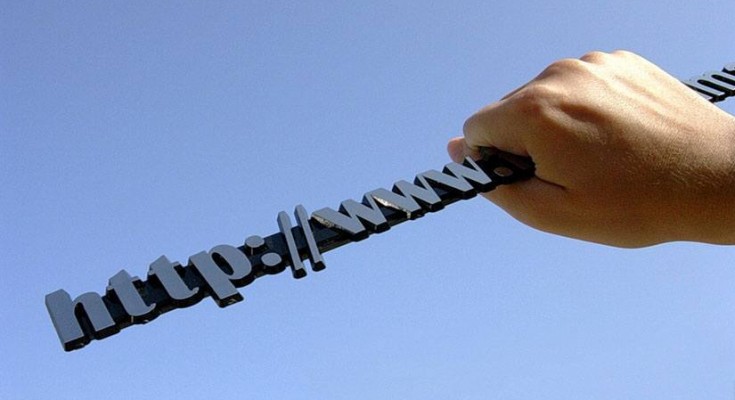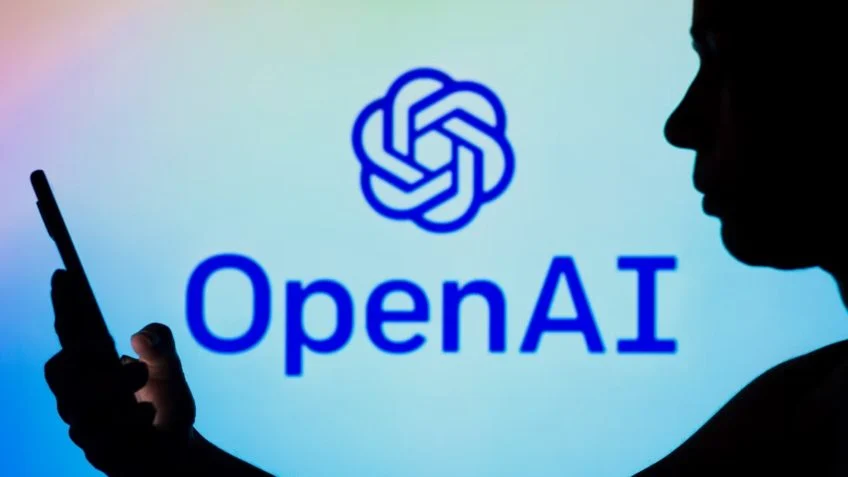The three brands most used by cybercriminals in e-mail phishig campaigns in the first quarter were, in order, Microsoft, DHL and Google according to Check Point Software statistics. Of all phishing attempts using branding, 39% were related to Microsoft, while the index for the previous quarter was 43%. The company DHL maintained its position as the second most imitated brand, with 18% of all phishing attempts related to brands, as cybercriminals seek to take advantage of people’s increasing reliance on online shopping and express delivery.
The report reveals that technology is still the industry most likely to be the target of brand phishing, followed by the shipping and express delivery industry. However, the banking sector has replaced the retail sector in third place, as two bank brands, Wells Fargo and Chase, are now on the top ten brands list, showing that attackers are exploring the rise in digital payments, as well as the greater reliance on online banking, shopping and home delivery, to try to deceive users and commit financial fraud.
Look this
Here are the ten most used brands in phishing campaigns
Violations could lead to $ 223 billion of the most valuable brands
“Criminals increased their attempts to steal people’s personal data in the first quarter of 2021, by posing as leading brands, and our data clearly shows how they change their phishing tactics to increase their chances of success,” reports Omer Dembinsky , data research manager at Check Point Software Technologies.
Top 10 most imitated brands in the first quarter of 2021
- DHL (18%)
- Google (9%)
- Roblox (6%)
- Amazon (5%)
- Wells Fargo (4%)
- Chase (2%)
- LinkedIn (2%)
- Apple (2%)
- Dropbox (2%)
In a Brand Phishing attack, cybercriminals try to imitate the official website of a well-known brand using a domain name or URL and also the page design similar to the original site. The link to the fake website can be sent to people by email or text message, so a user can be redirected while browsing the web or can be triggered by a fraudulent mobile application. The fake website usually contains a form designed to steal users’ credentials, payment details or other personal information.
With information from the press office
See the original post at: https://www.cisoadvisor.com.br/cibercrime-prefere-usar-microsoft-dhl-e-google-em-campanhas-de-phishing/?rand=59039





















